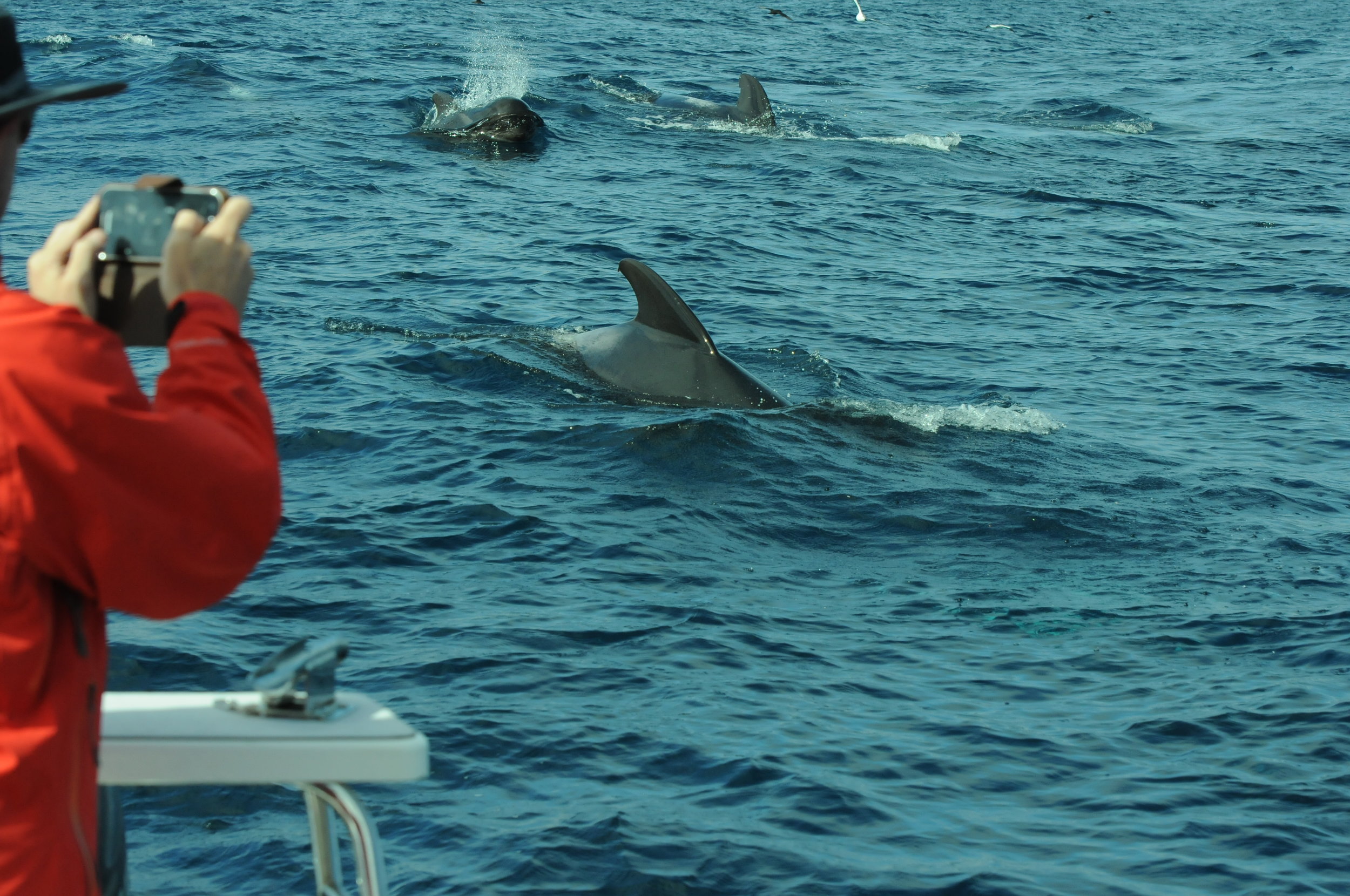Today's Pelagic Bird Watching Charter was nothing but spectacular - Our skipper, guide and 5 bird enthusiasts headed in a South West direction off Cape Point in search of the magnificent Pelagic Birds! At the tip of Cape Point itself the bird life was phenomenal - there were several large groups of birds including Common Terns, Cape Gannets, White-Chin Petrels and Sooty Shearwaters all feeding off massive bait balls of anchovy, which were being chased to the surface by Yellowtail and Katonkel fish. We were off to a great start!
Much to everyone's amazement, we started seeing thousands of Pintado Petrels about 25 nautical miles off Cape Point - This was highly unusual for this time of the year as they usually migrate north by mid August. Soon after we had four species of Albatross greet us including the Southern Royal Albatross, Black-browed Albatross, Shy Albatross and the Atlantic Yellow-nosed Albatross. Everyone managed to get some amazing pictures throughout the morning and it was time to start making our way back, but just to add the cherry on-top we were greeted by a group of Pilot Whales which started to follow us home!
Pilot Whales are interestingly the second largest dolphin in the ocean after the famous "Orca Whale" otherwise known as a "Killer-Whale" and belong to the family of "delphinidae".
These intelligent mammals received the name "Pilot Whale" from the belief that the pod will always follow a single leader, which is why there is speculation of these mass stranding's that occur from time to time. The pilot whale diet consists of fish, octopus, squid and shrimp and are known to dive up to 500 meters while searching for food. They also known as "Long-finned Pilot Whales", (you can see why in the picture below) and calve between April and September and are found practically everywhere around the world!
Bird Guide: Vince Ward

